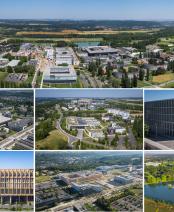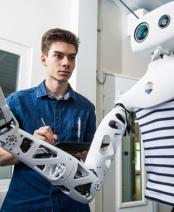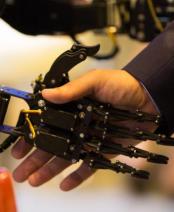Two new ERC Starting Grants at IP Paris laboratories
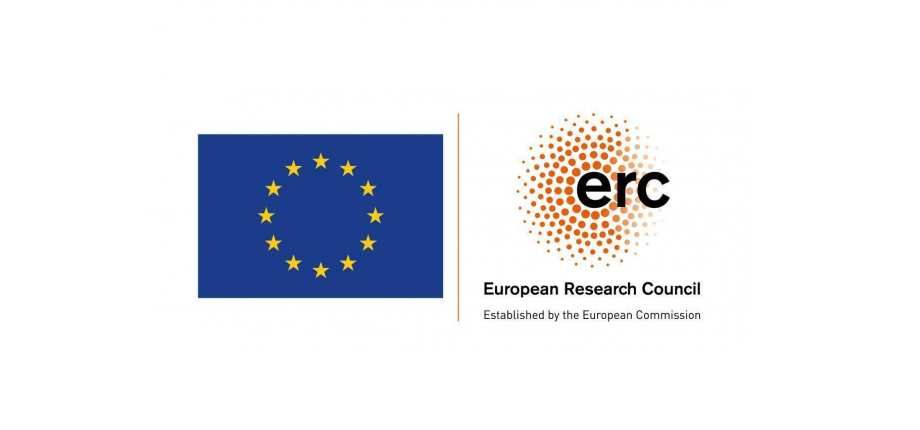
Q-Light-Topo – Controlling the topological phases of matter with light
Topological materials are at the heart of a prominent and active research field in condensed matter physics. For instance, some of these materials are protected against perturbations making them ideal platform for quantum computing. Light can be used to shape these properties. The aim of the Q-light-Topo project led by Olesia Dmytruk at the Center for theoretical physics (CPHT*) is to propose a theoretical protocol for engineering topological materials through light coupling. Electronic materials with initially trivial band structure coupled to cavity photons will be considered to achieve this goal. Strong coupling between an electronic system and quantum light gives raise to formation of new phases of matter. There are, however, crucial questions concerning properties and stability of hybrid electron-photon systems, which Olesia Dmytruk will be investigating in greater depth.
*CPHT: a joint research unit CNRS, École Polytechnique, Institut Polytechnique de Paris
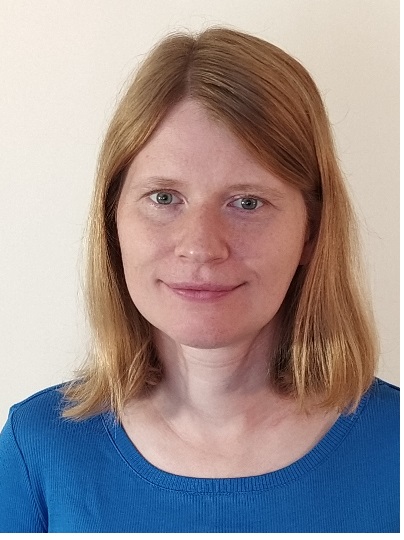
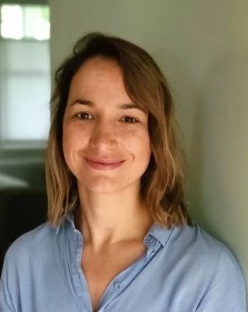
WeEqualize – Social Inequalities in Work-Family Strategies
WeEqualize, led by Léa Pessin at the Center for Research in Economics and Statistics (CREST*) is a research project that aims to understand the complex dynamics of the gender revolution's impact on work-family patterns in different-sex couples across 24 countries from the 1960s to the present. It acknowledges that despite predictions of linear progress toward gender equality in work and home responsabilities, various structural and cultural factors have stalled this convergence in industrialized countries. The project seeks to characterize and quantify social inequalities in work-family strategies, identify typologies of these strategies, and examine their prevalence across education levels and countries. It also explores the role of contextual factors, changing demographics, and the influence of gender beliefs and labor market constraints on couples' choices. WeEqualize combines computational methods and survey-based experimental data to challenge and reshape our understanding of gender equality within families.








